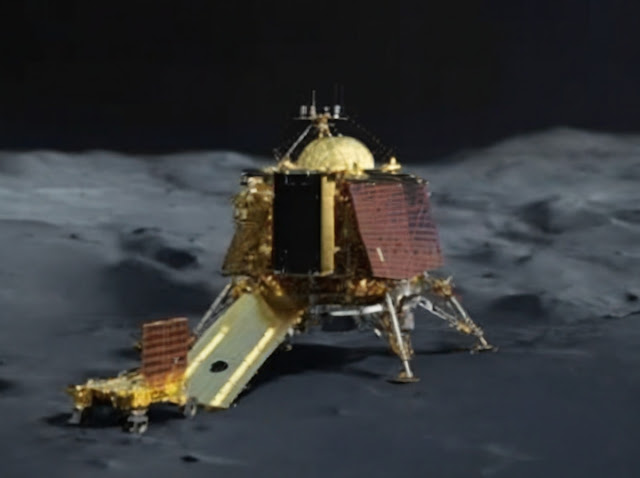🚀 NASA Unveils Plan to Send Giant Solar-Powered Plane ‘Maggie’ to Mars! ☀️✈️

In interplanetary exploration, NASA has again set its sights on pioneering new frontiers by announcing a groundbreaking project: deploying a colossal solar-powered aircraft named 'Maggie' to Mars! 🌌🔭 Meet MAGGIE - the Mars Aerial and Ground Global Intelligent Explorer, a marvel of engineering designed to revolutionize our understanding of the Red Planet. This innovative aircraft boasts a compact, autonomous fixed-wing design with vertical take-off and landing (VTOL) capability, ideally suited for the harsh and challenging Martian environment. Powered entirely by solar energy, Maggie exhibits remarkable operational efficiency, covering an impressive range of 179 kilometers at 1,000 meters on a fully charged battery. 🌞✈️ The proposal for MAGGIE has garnered significant attention and support, securing Phase 1 funding approval from NASA's Innovative Advanced Concepts (NIAC) in January 2024. This crucial milestone signals a major leap forward in showcasing the feasibility ...










